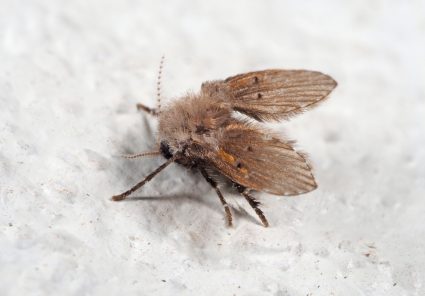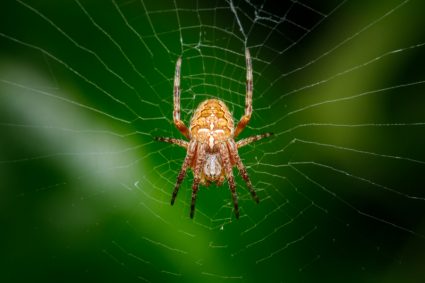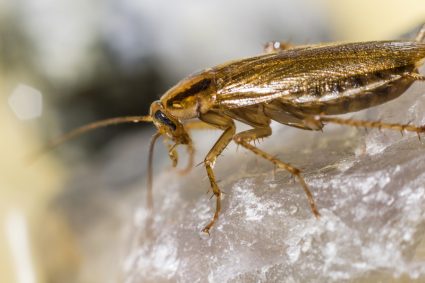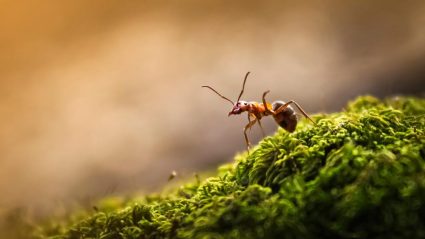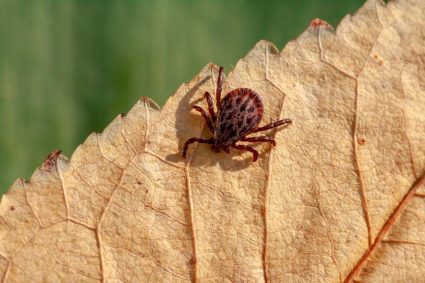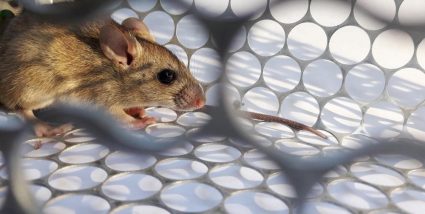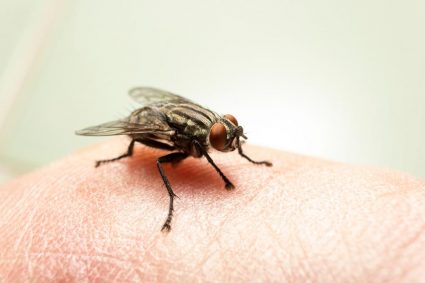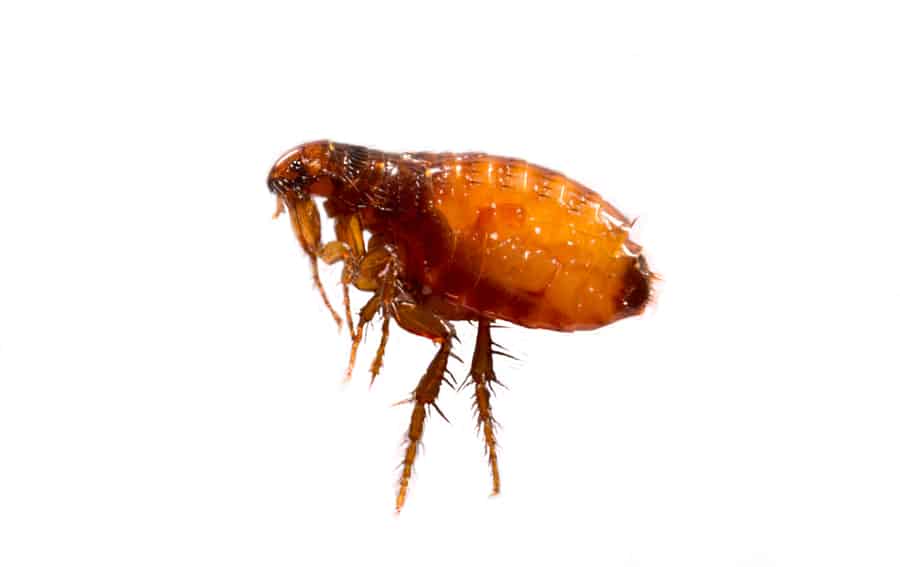
We recently had some raccoons causing havoc in our yard. Although we managed to get rid of them, we realized they had left some unpleasant gifts for us as our dog started having severe itching followed by skin irritations.
Since raccoons are known to carry fleas, we had our pet checked, confirming a flea problem on our hands.
Luckily, we spotted the issue early enough, giving us ample time to eliminate them.
We were also concerned about fleas piggybacking on our dog to our home, which resulted in us taking quick action to stop the spreading of the infestation and taking steps to prevent future flea infestations.
Fleas are attracted to moving light or shadows, movements, heat, and moisture. They also jump onto almost any living thing until they end up on a larger host where they can multiply.
Stray animals and wildlife can transport fleas to poorly maintained yards, where they take shelter under tall grass and dirt until they spot a host to feed from.
Let’s learn what fleas are attracted to and what attracts fleas into yards and households.
What Fleas Find Attractive
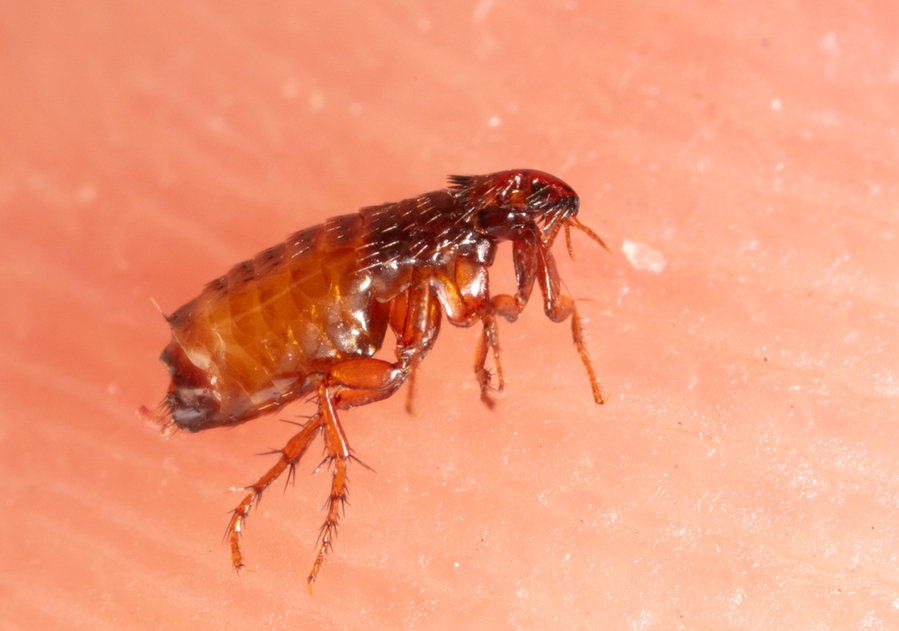
Fleas are attracted to various elements primarily in their search for food and shelter.
Understanding what fleas find attractive is essential for preventing flea bites and infestations.
1. Light

Fleas have evolved to track moving shadows to find food. As a result, light attracts fleas, especially green and yellow light, that falls within their visual spectrum.
Intermittent light attracts more fleas since they mistake it for moving hosts they can feed from. As a result, some flea traps feature intermittent light sources.
2. Movement

Fleas suck blood from their hosts for survival, and as a result, their eyesight has been developed to detect movement, directing them toward potential hosts.
Activities against light attract fleas, which explains how intermittent lights attract fleas by mimicking movement.
3. Heat
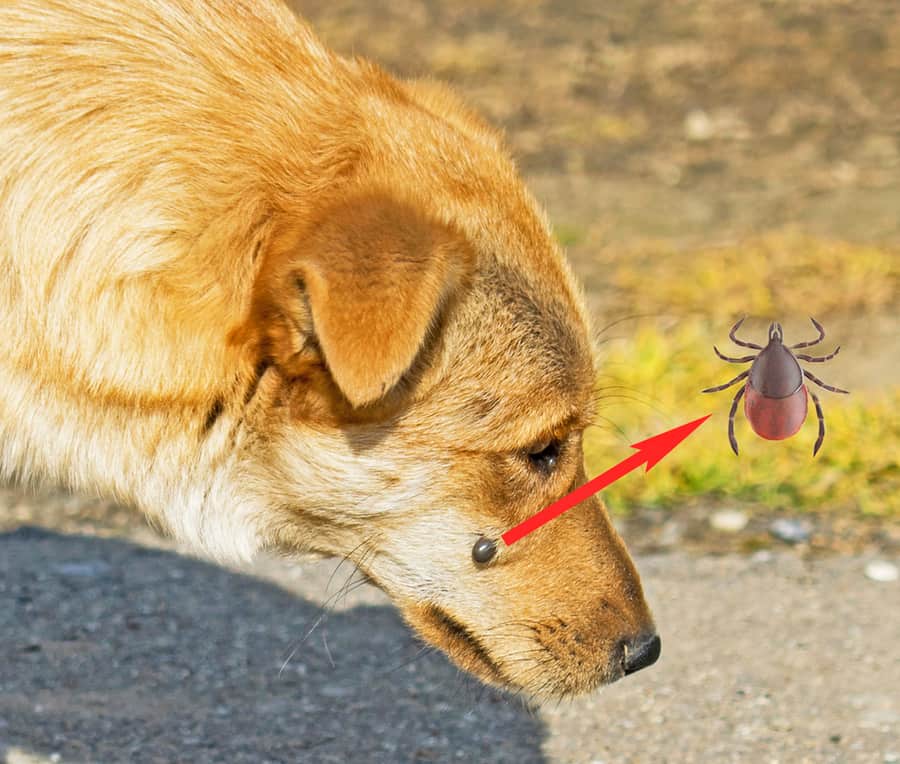
Hosts that fleas feed on usually have significant body heat.
The development of fleas and their larvae also requires warm temperatures.
As a result, they jump toward heat, primarily upon confirming other signs of a potential host, such as movement.
4. Carbon Dioxide (CO2)

Fleas have developed a tremendous sense of smell to sniff out potential hosts quickly.
As a result, they can detect trace amounts of CO2 produced by hosts in their vicinity.
Short bursts of CO2 or the presence of humans or animals exhaling carbon dioxide can attract fleas.
5. Certain Scents
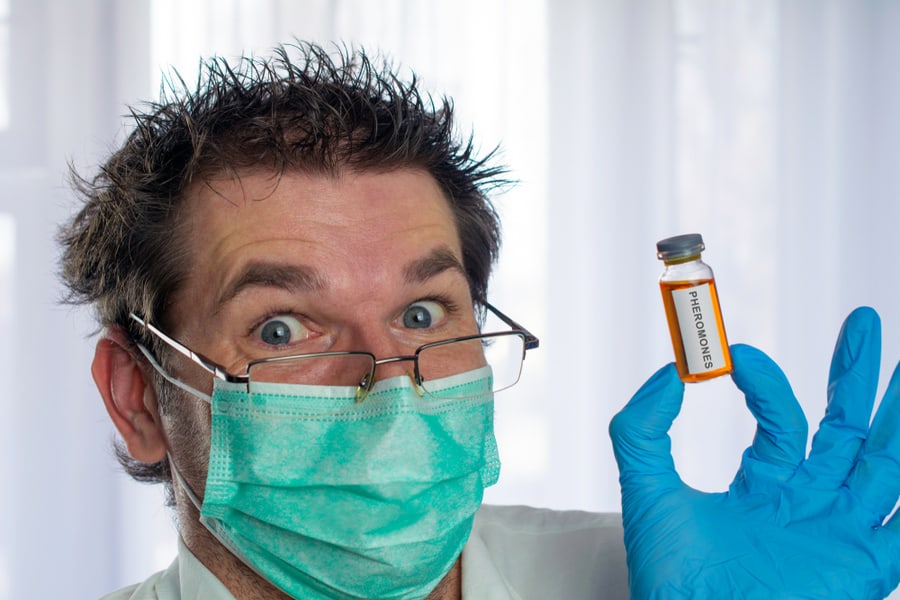
Strong odors, including body odor, pheromones, and scents of specific makeup, perfumes, deodorants, soap, shampoo, shower gels, and other beauty and personal care products, can attract fleas.
6. Pets and Wildlife
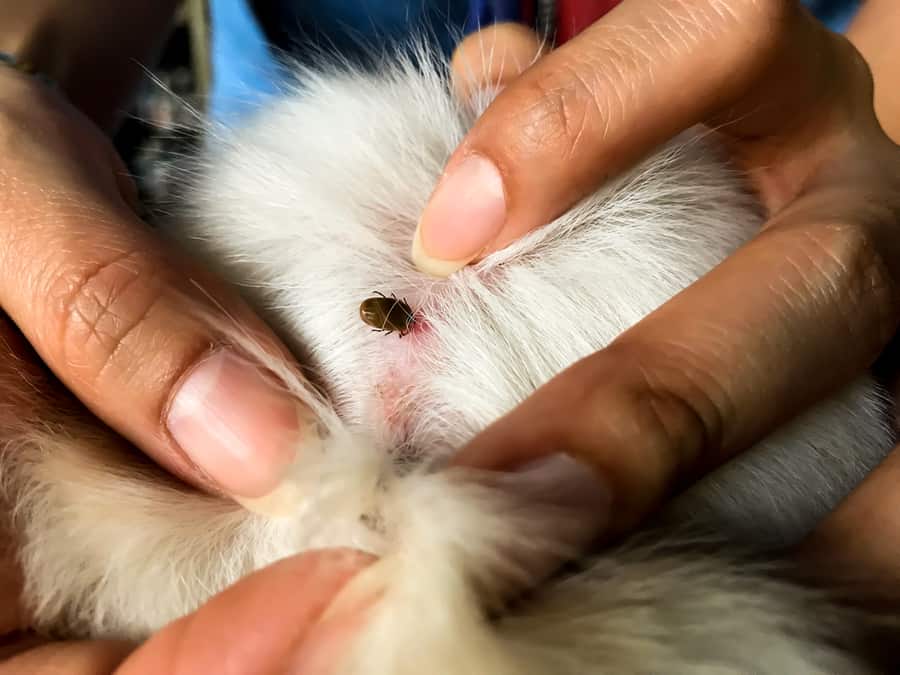
Fleas are attracted to large hosts since they are easy targets, offering more body area for them to work with.
Pets such as cats and dogs attract fleas, transporting them to houses and other confined spaces that fleas find comfortable breeding.
Wildlife, such as deer, raccoons, and possums, also attract fleas, transferring them onto yards, pets, and homes.
Fleas quickly multiply once settling on a host. They quickly mate and start laying eggs, as many as 50 per day, in the host’s fur, leading to severe flea infestations.
Therefore, pet owners must routinely treat their pets for fleas, especially if they spend time outdoors or come into contact with wildlife or other pets with fleas.
7. Poorly Maintained Yards

Poorly maintained yards attract all kinds of wildlife, such as rodents and deer that might have fleas hitchhiking on them.
Such yards usually provide excellent shelter for fleas, with weeds and tall grass offering plenty of shade and moisture for their survival until they jump onto their next host.
Fleabites cause painful skin irritation in humans and pets due to the allergens in flea saliva, with the risks of severe infections.
Fleas also transmit parasites such as mites and tapeworms to their hosts, including humans.
Fleas produce a lot of droppings, known as “flea dirt,” resulting in wound and eye infections.
Fleas can also transmit Murine Typhus, breaking the skin and causing wounds. Symptoms of flea-borne typhus include chills, fever, muscle pain, loss of appetite, weight loss, nausea, vomiting, cough, stomach pain, and rashes.
Fleas cause similar irritations and infections in pets such as dogs. Failing to provide timely treatment can lead to flea anemia resulting in discolored skin, lower red blood cell counts, lethargy, and weakness.
Summary
Upon successfully eliminating a minor flea infestation in our yard and house, we took many preventative measures to stop attracting fleas into our residence in the future.
This included maintaining our yard so fleas don’t find temporary shelter and keeping strays and wildlife away.
Understanding how fleas operate and what attracts them has helped us avoid flea problems.
Frequently Asked Questions
What Makes Fleas Attracted to Humans?
Fleas are attracted to humans for many reasons, including feeding on human blood, body heat, and CO2.
Additionally, green and yellow clothing and various scents spread by makeup, perfumes, deodorants, soaps, shower gels, and other beauty and personal care products can also attract fleas to humans.
What Household Items Attract Fleas?
Fleas need moderately moist and warm environments for survival. As a result, they can survive in furniture, bedding, underneath carpets, and garbage cans.
Scents of personal care products such as deodorants, perfume, and soap can also attract fleas.
Are Fleas Attracted to Certain People?
Some people can stay undisturbed while everyone around them is having a nightmare with fleabites.
Experts believe that the level of breathing that affects the amount of CO2 released, skin exposure, activity level, and body temperature make specific individuals more or less attractive to fleas.
Furthermore, the color of clothing and odors, including body odor, pheromones, and the use of various products such as soap, deodorants, and makeup, can make some people more prone to flea bites than others.



